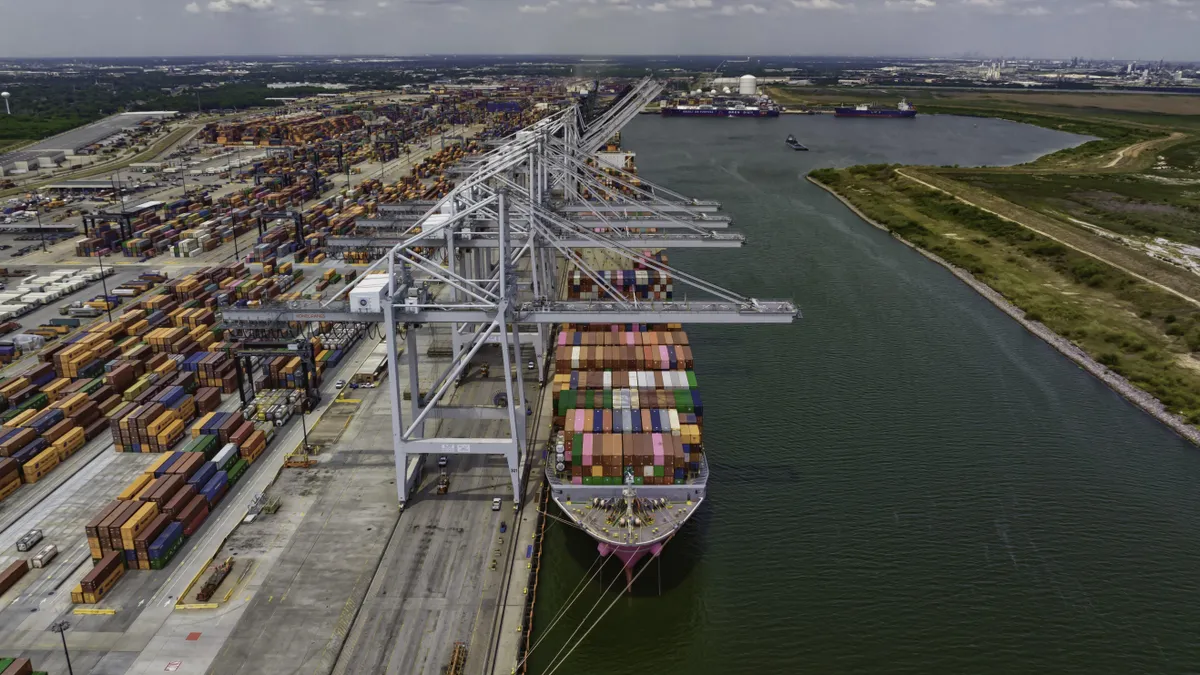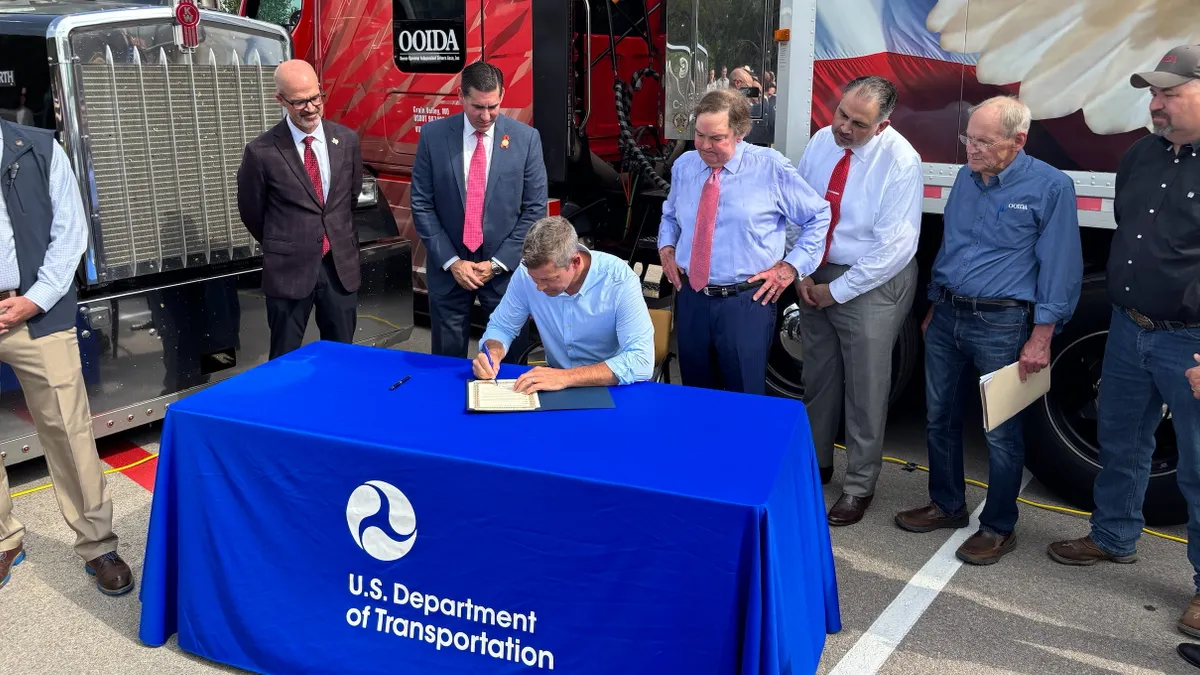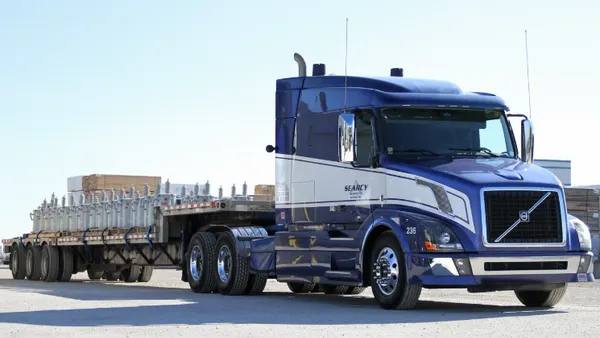Goods passing through Port Houston can now get to several major U.S. markets faster, according to two of the nation’s largest rail carriers.
Union Pacific and BNSF are each starting new intermodal services at the port in June, according to separate announcements.
Union Pacific’s service, which launched on June 1, allows intermodal containers to be offloaded from ships directly onto railcars and then transported to one of five cities including Denver, Salt Lake City, Oakland, California, Los Angeles, and El Paso, Texas.
Meanwhile, BNSF's service, which launched June 2, connects to its intermodal hubs in Denver and the Dallas-Fort Worth area.
BNSF’s new service to Dallas-Fort Worth will operate Tuesdays and Thursdays while its connection to Denver will operate on Fridays, according to information emailed to Supply Chain Dive. The expanded network also allows BNSF to add more days of operation when demand grows, according to the press release.
Union Pacific said its new service eliminates the need for containers to be trucked roughly 30 miles from the port to the nearest rail facility in Houston for loading onto rail cars, which should ease highway congestion in the Houston area.
“Union Pacific is always looking for ways to save our customers time, while providing them more options and greater ease to our rail network,” Kari Kirchhoefer, senior vice president of premium, marketing and sales for Union Pacific, said in a statement. “The new on-dock terminal service provides additional routing options to key metropolitan markets, while helping customers enhance their efficiency.”
Port Houston was the nation’s fifth busiest port based on container volume in 2022, and grew rapidly during the pandemic as a potential alternative to risks at West Coast ports.
Port Houston Executive Director Roger Guenther said in statement the added rail services from Union Pacific at its Barbours Cut Container Terminal is an “exciting step forward in the movement of cargo at Port Houston.”
“Port Houston is a top five container port and growing fast, and intermodal solutions like this help ensure continued efficient movement of goods to locations throughout the U.S.,” Guenther said.













